Don't wanna be here? Send us removal request.
Link
Mary-Kate and Ashley Olsen's video library is coming to Nickelodeon -- get details on the twins' So Little Time, You're Invited... series, and more!
0 notes
Text
The 90s Round Two: Nostalgia Autoethnography
As someone who was born in the digital decade of the 90s, most of my life has been devoted to the exploration and enchantment of the media. At an early age with the television remote at my fingertips, I devoted most of my viewing attention to Disney Channel programs, and a VHS tape player that was never without a Mary Kate and Ashley movie. In my 21 years, I have been exposed to significant changes in how society consumes and interacts with media. Technological evolution from VHS to DVD to online streaming has provided us with a way to view more media than ever before, specifically granting access to the texts from our youth. I have the ability to look up the Genie in a Bottle music video on YouTube, to watch full seasons of Friends on Netflix, and download any of my favorite *NSYNC songs on iTunes at any time with just my MacBook. This unlimited access to media from our childhood provides an endless escape to the past. I argue that my experience with nostalgia is even more prominent than past generations’ due to the technological advancements that provide these viewing opportunities and the quick turnaround that it has been since 1990s.
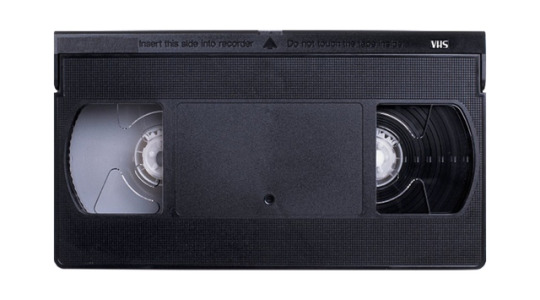
Remember these?
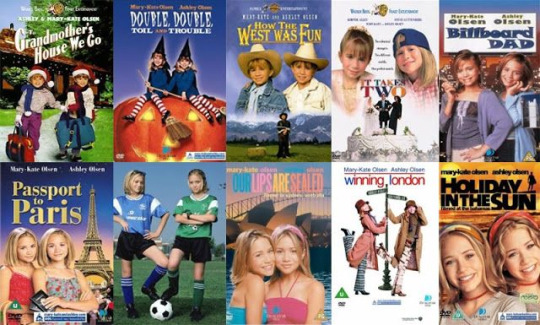
Unique to 90’s kids, as Claire Suddath states in Time Magazine, “this new nostalgia wave is different. It's hitting the very people who lived through it the first time.” (Suddath, 2011) Her argument justifies our young, vivid memories as a reminder that that these media texts were created just a decade ago. Regardless of the amount of time that has passed, I feel nostalgia towards these shows because they represent a simpler time in my life that people of my generation associate with the days of Lizzie McGuire, That’s So Raven, and Full House. This was a time when our parents took care of us, when exams did not define us, and when the future seemed too far away to worry about. These feelings toward 90s and early 2000s media is best described by the Zeigest model, which portrays the ways that nostalgia functions as mood that romanticizes the past. As Paul Grainge outlines, “This approximates the conventional sense of nostalgia as a yearning. As a form of idealized remembrance, the nostalgia mood emerges from, and is made to relate to, a grounding concept of longing or loss” (Grainge, 1997). This “structure of feeling” that he discusses articulates the experience of re-watching these shows or movies, and the stability that I felt at the time those shows were released. This yearning stems from the vulnerable time that my generation and I currently finds ourselves experiencing. As young adults still searching for our place in the world, we find comfort in remembering the Disney Channel and Boy Band era as our “golden age.”
Another explanation for this increased engagement with the past is known as nostalgia mode. Grainge describes, “ the aestheticization of nostalgia has emerged in a cultural moment able to access, circulate and reconfigure the textual traces of the past in new and dynamic ways, that has taken up the nostalgia in particular representational and taste regimes” (Grainge, 1997). This idea portrays the effects that technological advances have on how we remember the past, and specifically the way that we engage with our old favorites. Access to the Internet and social blogging has encouraged viewers to continue a relationship with past media, and social media has allowed for the circulation of nostalgic artifacts. Simon Reynolds gives a grim depiction of the effects of recent nostalgia trends in his book, Retromania. He labels the same idea as, “A society in human history so obsessed with cultural artifacts of its own immediate past” (Reynolds, 2011). Although the 90s have only recently concluded, it feels like it was several decades ago due to the modes and technologies that have influenced our society.
Regardless of the motives, I find myself welcoming the media from the 90s back into my life. The fact these texts are prevalent today gives me a sense of accomplishment and pride for my generation, attaching even greater feelings of nostalgia towards the texts and celebrities that starred in them. Several of these stars have been able to make comebacks in current media, and I would award much of their present success to the support from the 90s kids that grew up with their original hits. Brittney Spears, Christina Aguilera, and Hillary Duff have continued to dominate pop culture because my generation is still the targeted age group for popular media. With no other choice than to engage with feelings from my childhood, my nostalgia is more prevalent than ever in the texts from the past, and the media of the present.
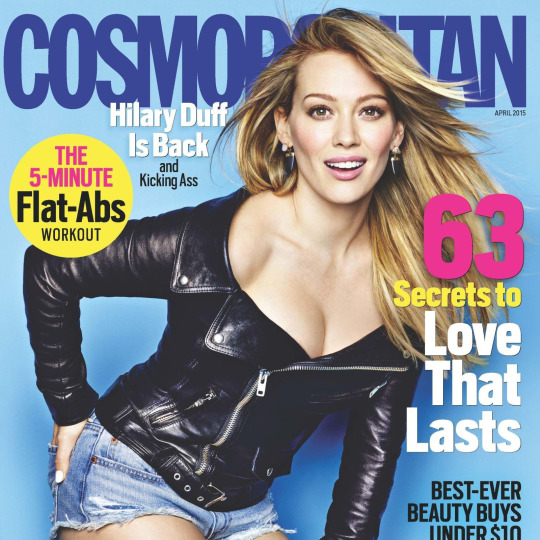
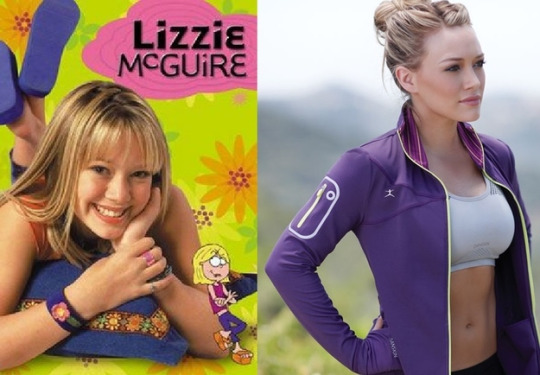
��>�j���
0 notes
Link
0 notes
Text
Media Discourse Analysis: Sex and the City


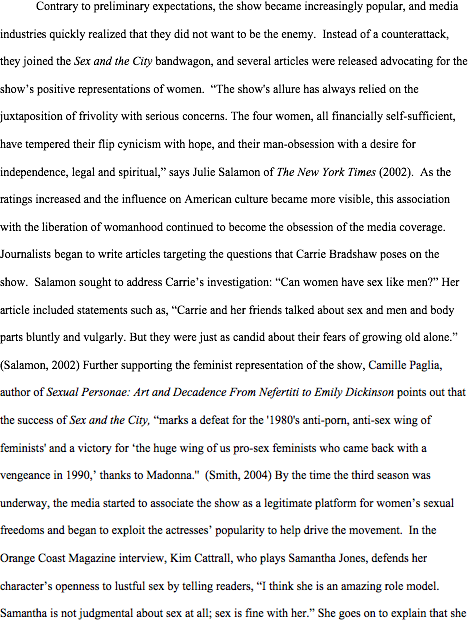

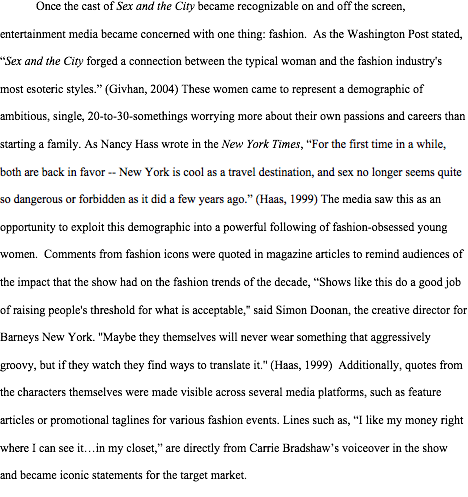
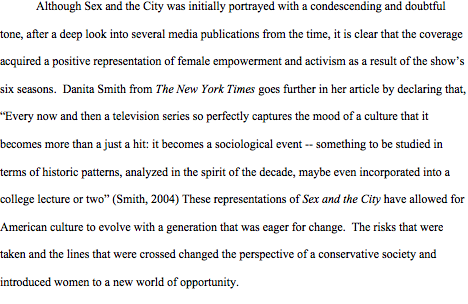


0 notes
Text
Comm404 Midterm: Higher Learning in Review
The 1995 film, Higher Learning, functions as an accurate portrayal of the cultural panics occurring in the 1990s, particularly illustrating how these issues manifested the era of crisis for white men. We will explore how the characters in the film are subjected to the four constructed panics that Mary Douglas outlines in Postfeminist News, including, political ideology, race, gender, and institutional integrity. Together these panics induce a crisis of white patriarchal authority (Douglas, 2002). We found this specifically relevant in the white male characters of Higher Learning through the cinemas representation of their interactions with females, immigrants, people of color, and with each other. Collectively these panics depicted in the film demonstrate the white male paranoia in the 1990s.
In the beginning of the film, the audience is introduced to Remy, an incoming freshman from Idaho. Remy comes to Columbus University to find his place in the world, during the 90s Men’s Movement. The young white male freshman finds himself alone with nowhere to belong within campus and struggles to be accepted. The multicultural college campus at Columbus University is empowered by diversity, which makes Remy feel resentful of his white male identity and becomes affected by what Bly calls “a crisis in male masculinity” (Rehling, 2009). In his vulnerable state of heightened anxiety, he joins a white supremacist that accurately portrays the way that anger manifested in white men during this time. “The angry white male discourse points to the difficulty of white heterosexual masculinity functioning as an unmarked, neutral category” (Rehling, 2009). The brothers channel their resentment towards minority groups rather than the economic system, which empowers Remy when he brutally attacks Malik about the “Black Panther” shirt he is wearing. In Remy’s mind, he is the victim, and these small acts of terror on minorities are an attempt to restore social order and stability of white supremacy. Ultimately his rage leads to him becoming the sniper in a campus shooting, killing a female African American student before taking his own life. Furthermore, his militia brothers were depicted beating up a gay couple just before the shooting, reminding the audience that white men were also concerned with keeping heterosexual masculinity’s claim to ordinariness (Rehling, 2009).
Remy’s character encompasses the various panics that race, gender, and social order created a crisis for a large sector of white men in the 1990s. The way the film depicts his insecurities and paranoia mirrors the various fears that white men felt as they saw their power dissolving among other groups in society. This sense of victimization and disenfranchisement cultivates the essence of the “angry white male” that developed during this time of multiculturalism in America. Therefore, Higher Learning, through the use of a cultural diverse cast of characters and the relationships between the changing gender roles and increased opportunities of minorities, the audience is exposed to the “victimization” that white men of the 1990s claimed to experience.
https://kayldoug.makes.org/popcorn/2pzs
0 notes